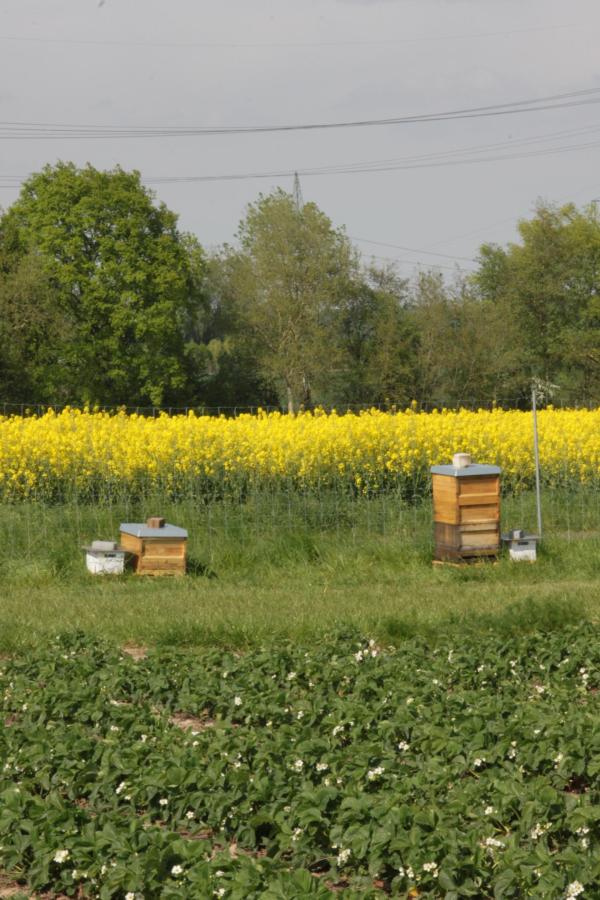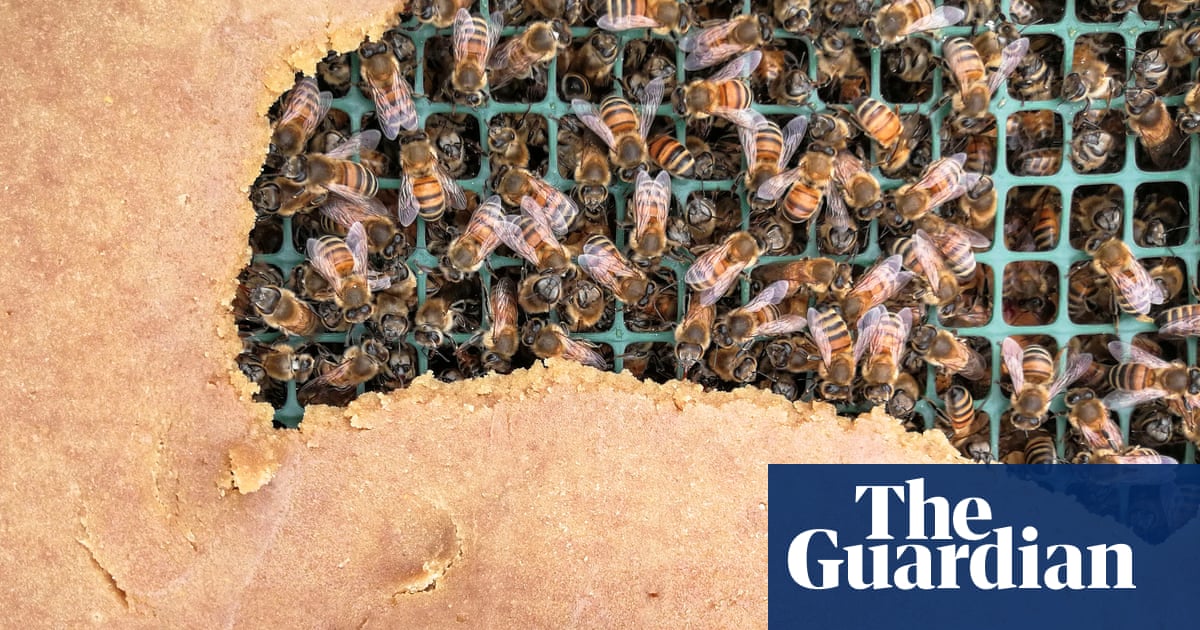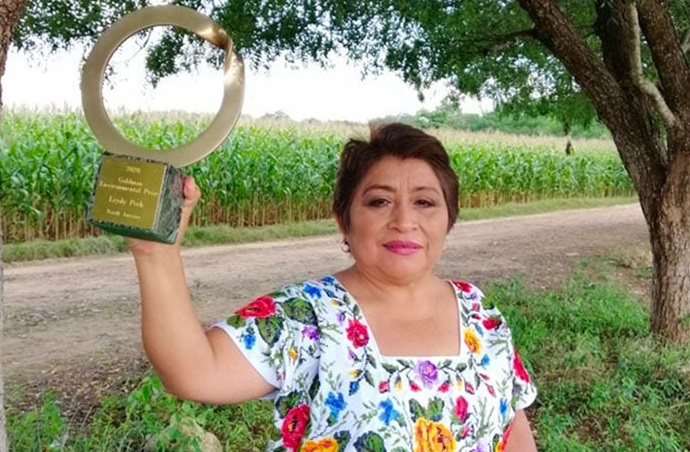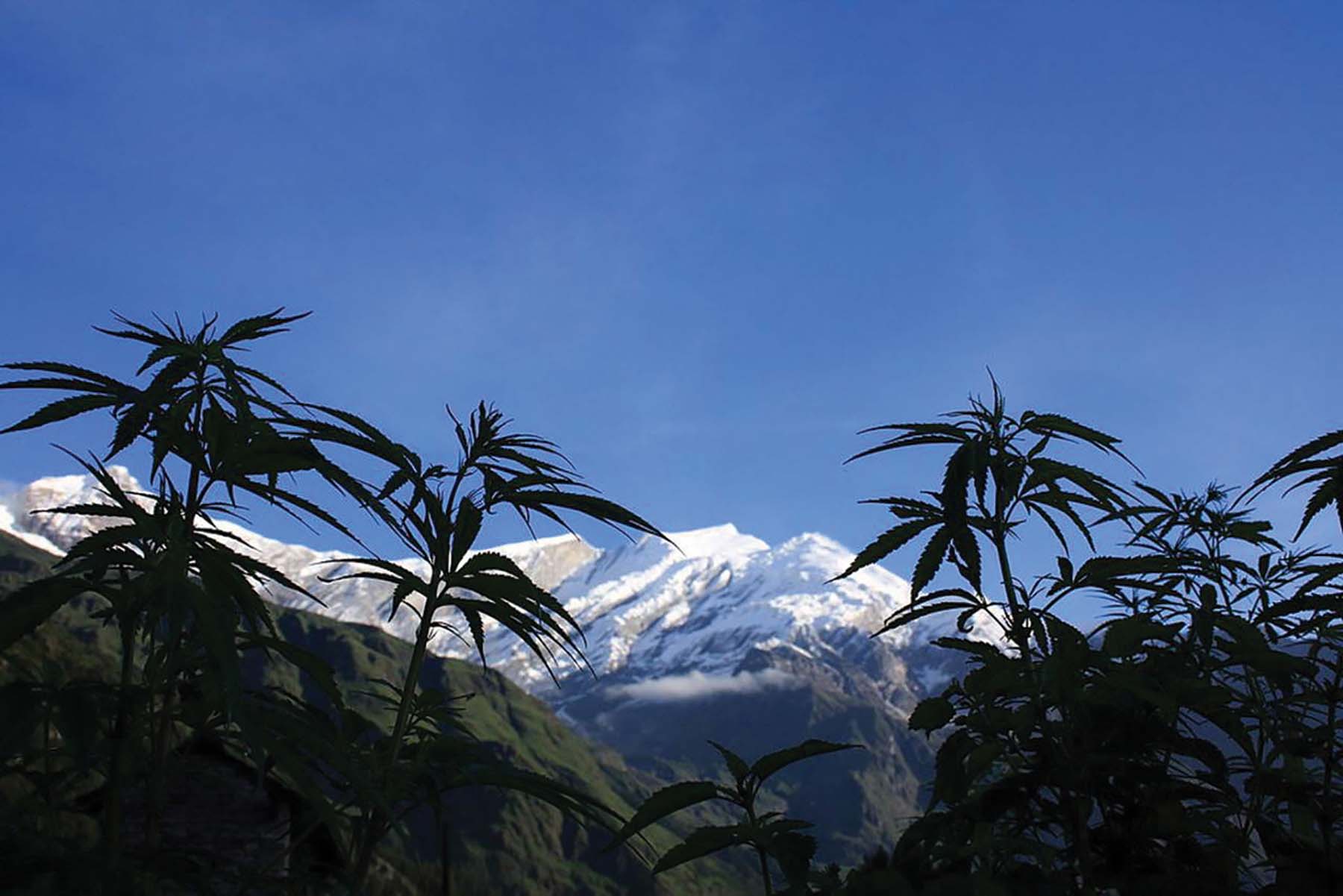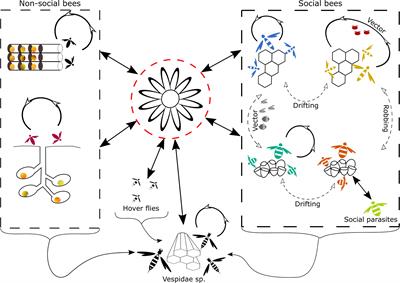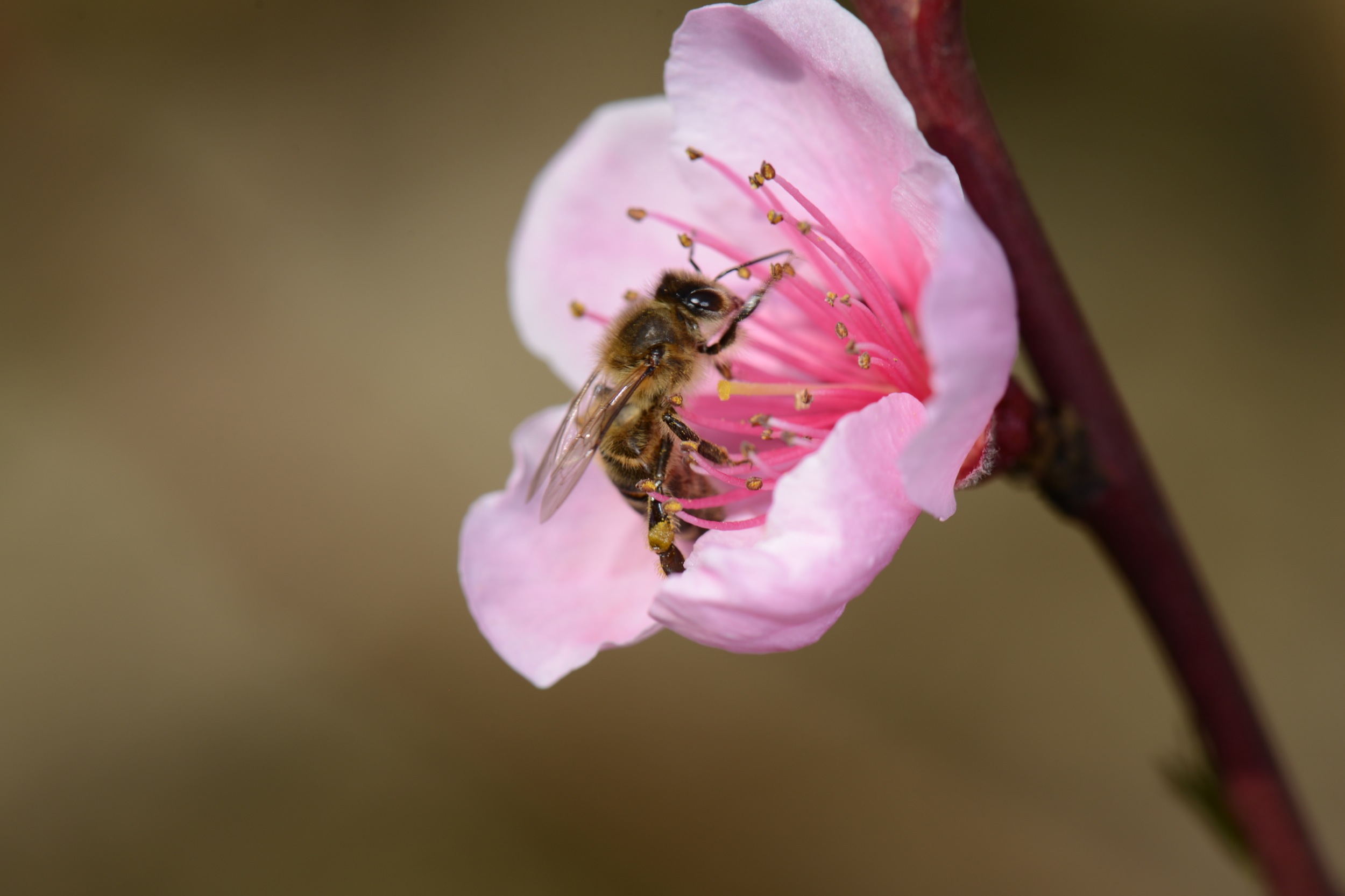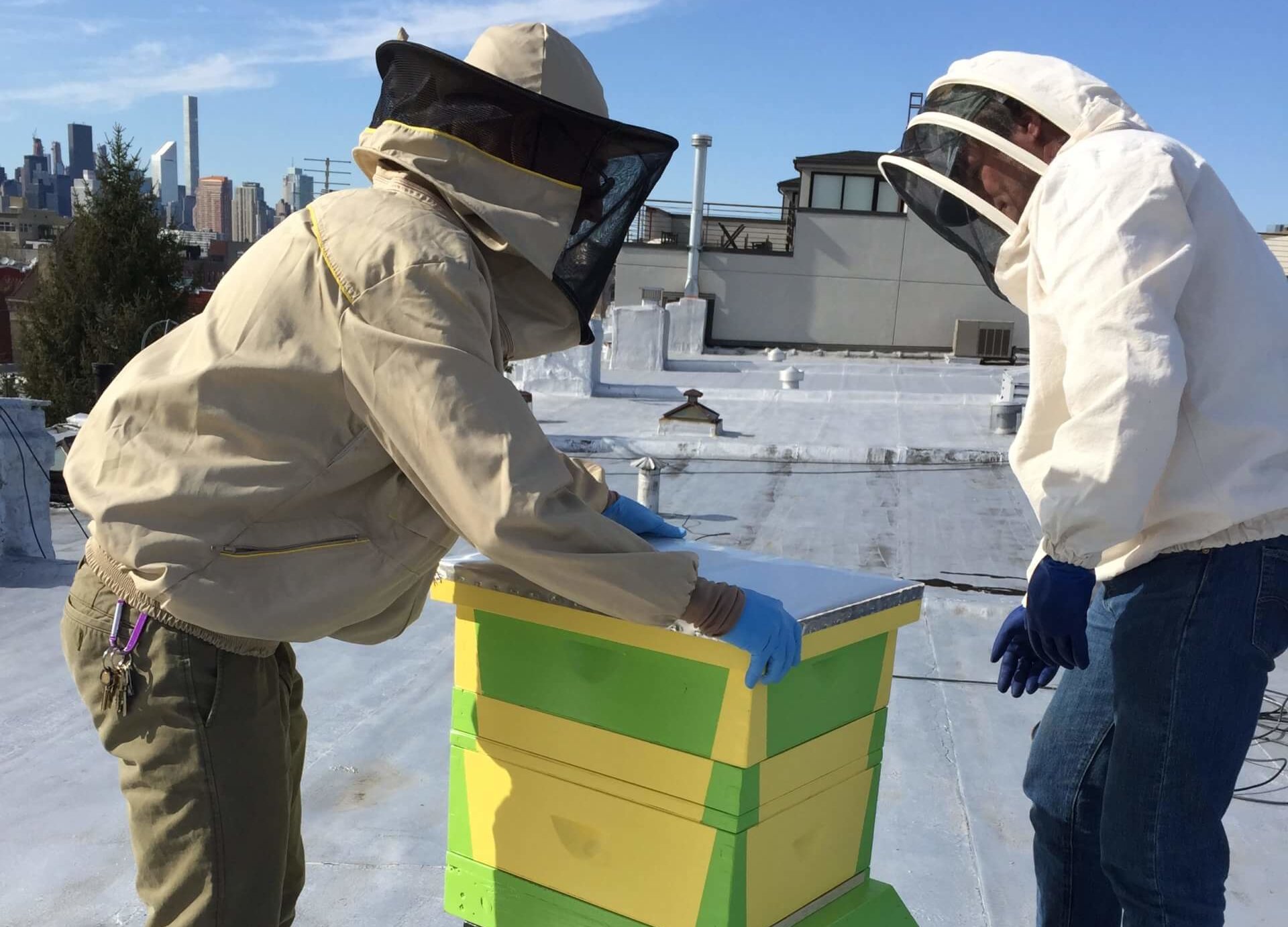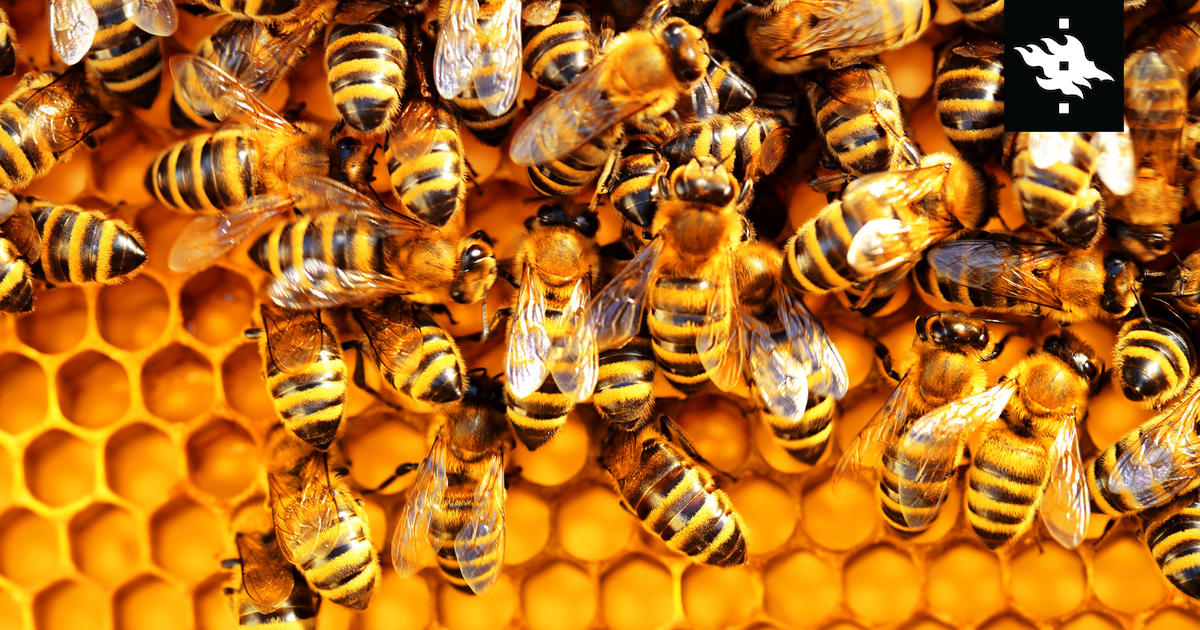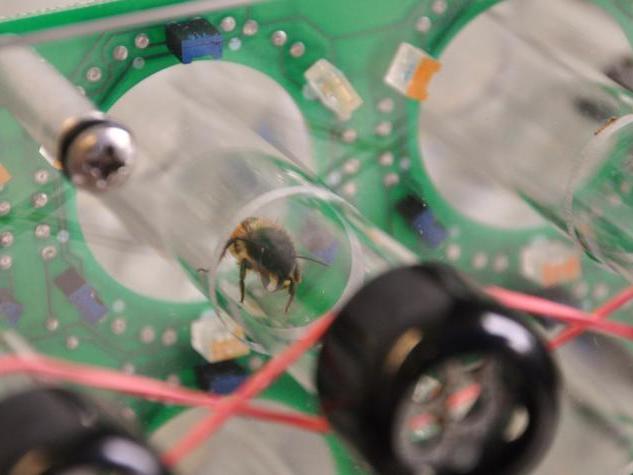 John LaRose Jr.
John LaRose Jr.
Topics: Organic, Beekeeping, Economics, Research, World Population, Pollinators,
Variety: the spice of life for bumblebees
The research team led by the University of Göttingen is analyzing the foraging behavior of bees using pollen DNA The yield and quality of many crops benefit from pollination, but it is not just hon…
-
(0)
-
Bookmark
- Comments (0)
 John LaRose Jr.
John LaRose Jr.
Topics: Beekeeping, Food/Nutrition, Ag Global Specialty Food, World Population, Pollinators,
New nectar: could artificial pollen make life sweeter for bees?
In winter, starved of pollen and lacking natural forage, honeybee colonies can easily falter. But nutritious substitutes may be the answer
-
(1)
-
Bookmark
- Comments (0)
 Matthew Kroger
Matthew Kroger
Topics: Beekeeping,
Woot woot! Chalk one up for the beeks!
“I Can’t Believe This Little Woman Beat Us:” Mayan Beekeeper Stops Monsanto’s Conquest of Mexico Dead in its Tracks
-
(0)
-
Bookmark
- Comments (0)
 Matthew Kroger
Matthew Kroger
Topics: Beekeeping,
DEBUNKING BEES FORAGE ON HEMP! There is nothing that the entire cannabis family has to offer apis mellifera. Not pollen, not nectar, not propolis material and likely not even microbes. Just because honey bees will visit a cannabis plant and land on the flower, that does not mean the plant has any pollen or nectar for the honey bee to forage on. 1. In their 2001 article, “Cannabinoid receptors are absent in insects” (Mcpartland, J, DiMarzo, V, De Petrocellis, L, Mercer, A, Glass, M), the authors revealed that insects do not produce arachidonic acid which is a precursor of necessary ligands. It is thought that the CB (cannabinoid) receptor was lost in insects over the course of evolution. The authors also noted that the CB receptor appears to be the only known neuroreceptor that is present in mammals and absent in insects. Because of its documented absence, we can reliably say that bees are unable to experience cannabis in the same way humans do. With that said why would bees visit any cannabis plants? What would possibly be on the plants that could entice them to visit it? The only thing remotely possible, but assuredly not at any high quantity would be microbes. Since honeybees eat a surprising amount of microbes (enough to classify them as a carnivore) that would be about the ONLY thing I could remotely fathom they be after. But because of the trichomes of the cannabis family, cannabis would not likely be producing compatible microbes with the honeybee’s gut or general biota. 2. Cannabis cultivars of hemp/cannabis are open air pollinated plants. Meaning the wind will disperse enough pollen to fertilize the flower to produce seeds and no pollinators are needed for fertilization of the flower. In OAP plants the typical pollination insect (if any at all) would be a hover fly of some specie or possibly a male mosquito. No cannabinoids produce enough pollen (of nutritive value) or nectar to lure apis mellifera. In most cases OAP plants have no pollinators at all. Why is this you ask? Because there is no significant amount of protein in the trace amounts of pollen there is to entice a pollinator. Additionally as temperatures rise protein levels of pollen fall. Meaning the warmer the temperature is outside the less protein thats available in the pollen. Next we look at open air pollinated nectar flows. Nectar quantities are typically dictated by amounts of pollen needed for pollination. This is obviously not always the case with all plants but a general rule of thumb one can follow. 3. Nutritional facts on cannabis pollen. Because cannabis is an OAP plant, the low pollen counts have less protein available simply because there is less of it. This is always the case with OAP plants. Grasses and nightshades are classic examples. How many bees do you see on tomato plants, or corn or maybe even potatoes? These are additional examples of open air pollinated plants. So the erroneous article claiming hemp is a late season forage for honeybees is a fallacy... Bees no like Cannabis: Why Bees Don’t make Cannabis Honey: https://www.cascadegirl.org/bees-don-t-make-cannabis-honey Constituents of cannabis pollen: https://www.jstor.org/stable/4253616?seq=1#page_scan_tab_hcontents Protein levels of cannabis pollen. https://pdfs.semanticscholar.org/b840/541b8c6b9287ac36f5066aad467cb68f96ee.pdf Ecological impacts of protein levels of pollen: https://www.hindawi.com/journals/psyche/2015/659538/
Read More-
(1)
-
Bookmark
- Comments (0)
 Matthew Kroger
Matthew Kroger
Topics: Beekeeping,
😢 I have lost 2 colonies to this new bee virus. 😭
Bee Viruses: Routes of Infection in Hymenoptera
Numerous studies have recently reported on the discovery of bee viruses in different arthropod species and their possible transmission routes, vastly increasing our understanding of these viruses and their distribution. Here, we review the current literature on the recent advances in understanding the transmission of viruses, both on the presence of bee viruses in Apis and non-Apis bee species and on the discovery of previously unknown bee viruses. The natural transmission of bee viruses will be discussed among different bee species and other insects. Finally, the research potential of in vivo (host organisms) and in vitro (cell lines) serial passages of bee viruses is discussed, from the perspective of the host-virus landscape changes and potential transmission routes for emerging bee virus infections.
-
(0)
-
Bookmark
- Comments (0)
 John LaRose Jr.
John LaRose Jr.
Topics: Beekeeping, Sustainability, Research, World Hunger, World Population, Pollinators,
World food security affected by a shortage of pollinating insects
PRESS RELEASE - Crops that are pollinated by insects provide over a third of what the world eats. An international team involving INRA has revealed that increasing the quantity and variety of pollinating insects can increase crop yields by over 20% at the international level. These results, the product of a vast study conducted in 12 countries over a five-year period, appear in the 22 January 2016 edition of Science. The study highlights the importance of ecological intensification in agriculture in improving world food security and protecting pollinating insects and biodiversity.
-
(1)
-
Bookmark
- Comments (0)
 John LaRose Jr.
John LaRose Jr.
Topics: Agriculture US, Organic, Agriculture Global, Beekeeping, Hobby Farming, Urban Farming, Pollinators,
How a Greenpoint beekeeper tends to his hive • Brooklyn Paper
A Greenpoint artist has turned his tenement rooftop into an urban apiary, where he has nurtured bee hives for four years.
-
(0)
-
Bookmark
- Comments (0)
 John LaRose Jr.
John LaRose Jr.
Topics: Organic, Beekeeping, Sustainability, World Hunger, World Population, Pollinators,
Etruscans Transported Bees by Boat to Reach the Best Flowers!
The discovery of an ancient Etruscan honey harvesting workshop at Focello in Italy, and the analysis of charred remains unearthed at the site, has let archaeologists to propose a remarkable
-
(0)
-
Bookmark
- Comments (1)
 John LaRose Jr.
John LaRose Jr.
Topics: Beekeeping, Research, Ag Europe, World Hunger, World Population, Pollinators, Coronavirus/COVID,
The first-ever insect vaccine helps bees stay healthy | University of Helsinki
The easily administered Dalan AH oral vaccine, previously PrimeBEE, could give invaluable support for food production worldwide.
-
(0)
-
Bookmark
- Comments (0)
 John LaRose Jr.
John LaRose Jr.
Topics: Organic, Beekeeping, Research, World Population, Regenerative Agriculture, Pollinators,
Solitary bees are born with a functional internal clock - unlike honeybees | News Break
Social insects like honeybees and hornets evolved from solitary bees and wasps, respectively. A common trait of many social insects is age-specific behavior: when they emerge from the pupa, workers typically specialize in around-the-clock tasks inside the darkness of the nest, starting with brood care. But they gradually shift towards more cyclic tasks away from center of the nest as they get older -- culminating in foraging outside, exclusively in daylight, towards the end of their life. Here, researchers find evidence that this shift from around-the-clock to rhythmic tasks, which does not occur in solitary insects, seems to be driven by a slower maturation of the endogenous (i.e. internal) "circadian" clock of social honeybees compared to solitary bees.
-
(0)
-
Bookmark
- Comments (0)


